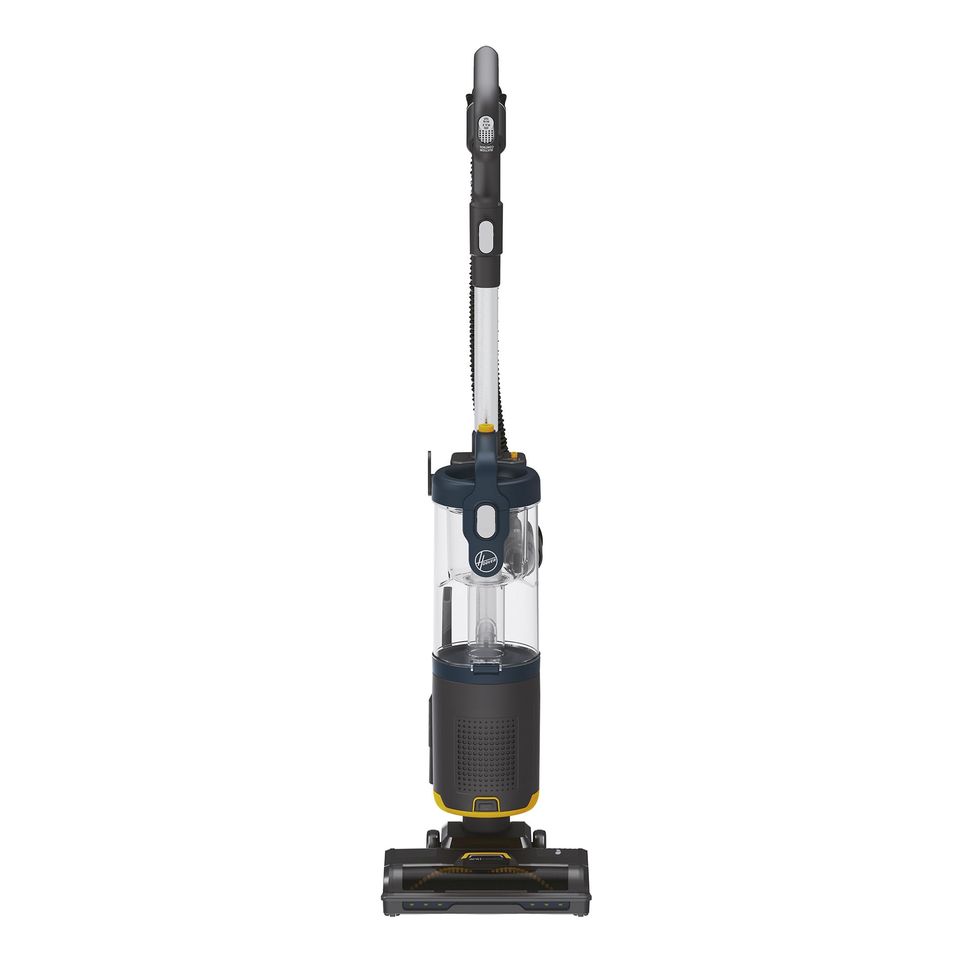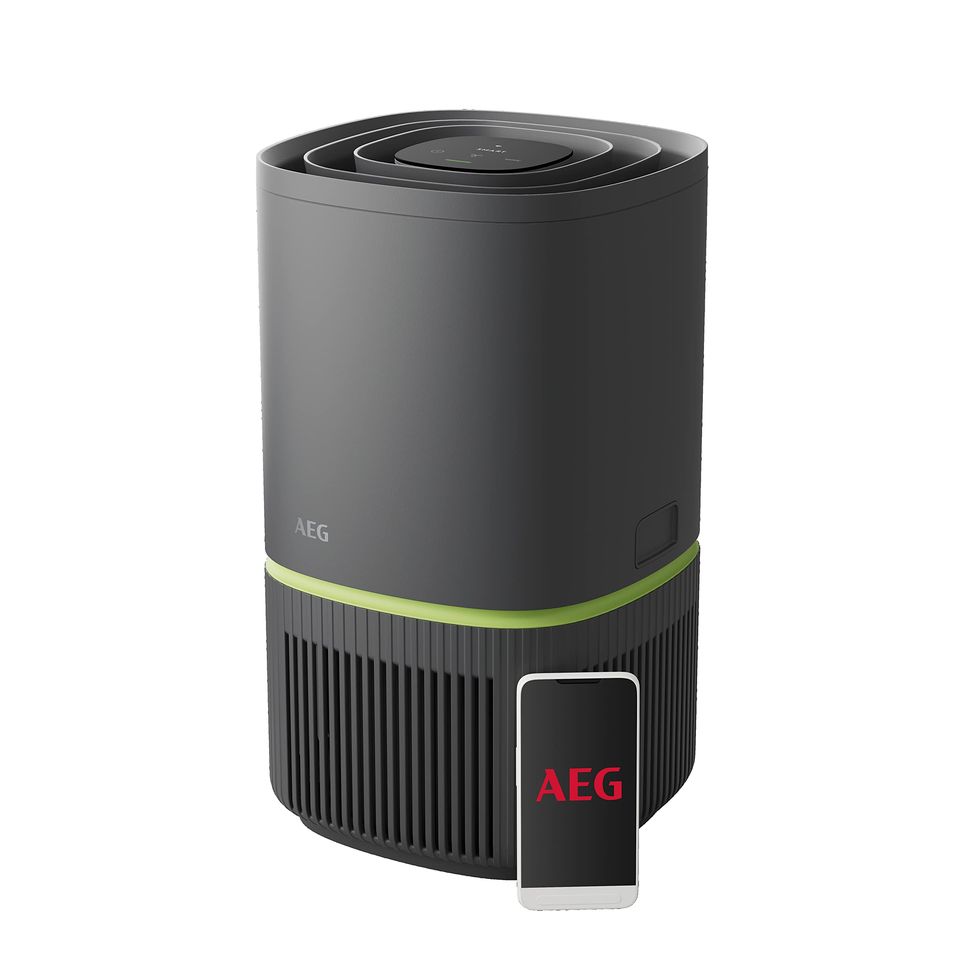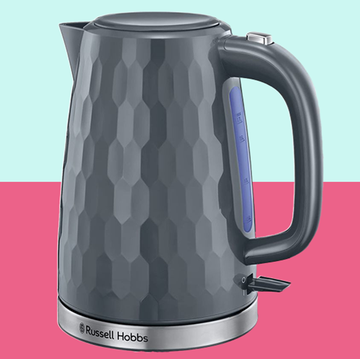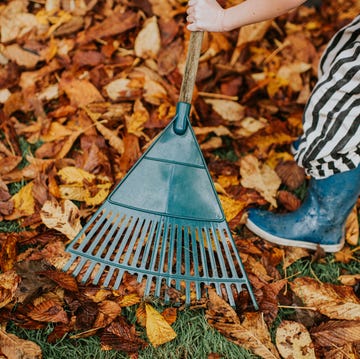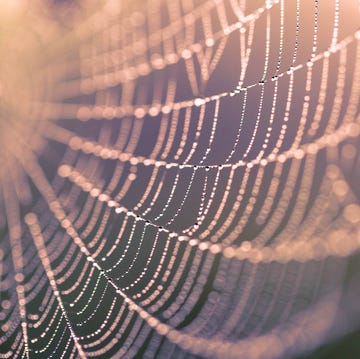I love springtime. The sun, the flowers, the longer days – but not so much the allergies that flare up with it. This happens every year for me, and it seems to be getting worse as I get older. All it takes is a walk in the park and my eyes are streaming, my nose is running and my tongue is so itchy I want to scream.
With this happening whenever I go outside, I want my home to be a safe space, free from allergies and blocked noses. Unfortunately, that’s not the case. Even if I make every effort to remove all traces of the pollen and have an air purifier running in my bedroom, my nose is still blocked at night. Where am I going wrong?
With all the attention turned to pollen, we forget that dust mites and pet dander can trigger allergies, too – in fact, this can take its toll all year around and exacerbate your hay fever symptoms. So, if you want to keep your allergies in check, as well as removing any pollen you carry inside, you need to have a thorough clean to remove those hidden dust traps. Not sure where to find them? Here’s where to start.
What to read next
1. Blinds and curtains
The blinds often go amiss when we dust our homes. You only realise how bad it is when you swipe a finger over a slat and leave a predominant line behind. This isn’t great when you consider that they’re right next to an open window, which can blow the dust into your home.
Blinds aren’t easy to clean and it’s difficult to get full coverage unless you gradually wipe between each slat. To make life a little easier, I use a telescopic microfibre duster. I close the blinds and work my way from top to bottom.
If you want more detailed dust removal, you can also place an odd sock over your hand and work your way through the slats with this. Failing that, the brush tool on your vacuum cleaner and a low power setting will do the trick.
Don’t forget that curtains can carry a lot of dust, too, and it’s often less obvious. These should be vacuumed weekly using the upholstery attachment on your vacuum and a low power setting. Don’t forget to dust along the top – plenty of dust collects here.
2. Bed headboard
I didn’t realise how much dust collected on my fabric headboard until the cat left tracks up there. Considering we sleep so close to this spot, breathing in the air throughout the night, the importance of dusting it should be better voiced.
I now dust it weekly by running a microfibre cloth over the surface. But you could also use the upholstery attachment on your vacuum, again with a low power setting, to pick up internal dust, too.
3. Carpets
Dust, pollen and potentially pet dander will collect in your carpet over time, so you need to vacuum it as thoroughly as you can to alleviate your allergies. That means as well as vacuuming the usual high traffic areas, you need to reach under and behind furniture to collect heavy dust deposits. For any edges with embedded pet hair, I recommend using a rubber brush for quick removal, such as the Vileda Pet Pro Electrostatic Brush.
You also need to wash your carpets routinely to deep clean them. You can either rent or buy a carpet cleaner to do this. We recommend doing this every six months if you suffer with allergies.
If you have rugs in the home, these will need to be cleaned, too. Washable rugs are handy for this because the cover can go straight in the washing machine.
4. Lampshades
Have you ever knocked a lampshade and watched the dust flurry? Lampshades are one of those items that are ‘out of sight, out of mind’ when it comes to dusting – particularly if it’s a ceiling lamp. But if you’re struggling with allergies, it’s worth tackling this unseen dust trap.
A plain old lint roller is ideal for dusting your fabric lampshades, but don’t use this on paper ones as it could do some damage. Instead, a microfibre cloth should do the trick, or you can wipe it with the foot section of an old pair of tights stretched over your hand; this makes for a great anti-static duster!
Don’t forget to give the bulb a quick dust with the cloth (while switched off and removed). Combined with dusting the lampshade, this can really brighten a room.
5. Mattress
It’s not a nice thought, but every year we lose half a kilogram of dead skin cells – just think about how much ends up in your bed! That, coupled with the humid conditions, makes the mattress irresistible to dust mites – the droppings of which will trigger our allergies.
So even though you’re washing your sheets routinely, that’s not enough. You need to give the mattress some TLC, too – and potentially change your habits to make the environment less inviting to mites.
While we can never fully get rid of dust mites, we can lessen our exposure to them. You can start by vacuuming the mattress (if the manufacturer allows you to) every month with the lower power setting and upholstery attachment on your vacuum cleaner. There are also dedicated mattress vacuums you can use, which offer mite-deterring features.
You can also put protectors in place on your mattress, duvet and pillows to add an extra barrier, which you should wash every couple of months; hypoallergenic sheets are another option. Finally, don’t make your bed in the mornings! This traps the residual heat and moisture from the previous night; pull back the sheets instead and open a window to ventilate.
6. Upholstery
Just as it is with your mattress, dust mites will find their way into your fabric upholstery, too, so this is another space that needs to be vacuumed, again with a low power setting and the upholstery attachment. Be sure to run the vacuum over the top of the back rest, too – just like the headboard, a layer a dust can collect here.
If you have pets and they can’t resist the sofa, place a throw over the top to protect the sofa from pet dander, hair and stains. You can then remove it to wash as needed. You could also use the rubber brush mentioned earlier to remove pet hair.
While dust mites generally can’t penetrate leather sofas, keep in mind they can still make a home in your fabric cushions! In which case, you’ll need to vacuum these to reduce mite exposure.
For a deep clean, you can use a steam cleaner to refresh your fabric sofa. The steam will kill any dust mites on contact. Although you need to check your sofa is suitable for this treatment and make sure it can dry quickly and effectively afterwards, otherwise you’re encouraging mould, which is counterproductive to your allergies.
7. Pet beds
Finally, I don’t need to tell you how messy pet beds are. They’re filled with hair, dander, drool and potentially other substances if your pet has an accident! And with all the heat and humidity your pet creates, it’s dust mite heaven.
You should be washing your pet bedding at least once a week to keep on top of stains. Check the care label for wash instructions (either the covers will need to be removed or sometimes the whole thing can go in the washing machine). When using the washing machine, be sure to remove excess pet hair first, so it won’t clog the drain. Use non-bio or a pet-safe detergent and wash at as high a temperature as the care label allows. Dry thoroughly before replacing.
If only the covers can be washed, give the filling a vacuum using the upholstery attachment and a low power setting to remove any dust from here, too.


